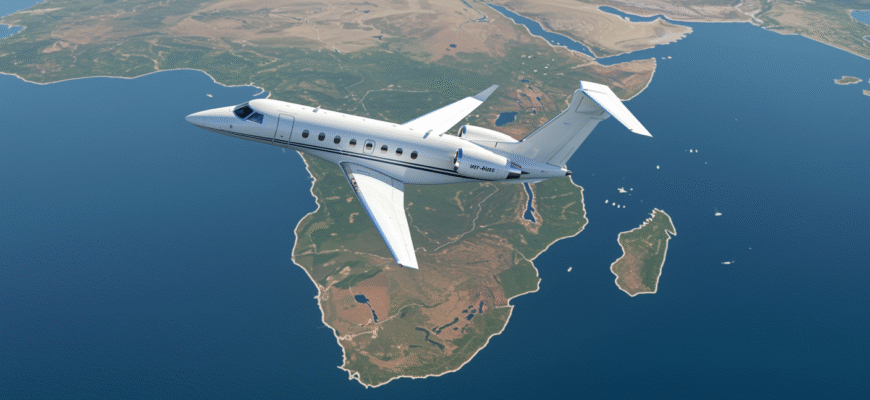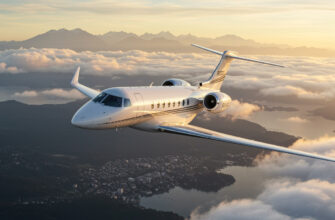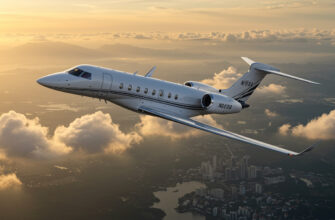South Africa isn’t just a country—it’s a whole vibe. And when time, comfort, and access actually matter, flying private stops being about luxury and starts being about logistics. The country’s sheer size, strong industries, and wild diversity in terrain make private jet chartering more common than you’d think. Whether you’re heading deep into the bush, rushing to a boardroom in Sandton, or skipping long-haul layovers with sleepy kids in tow, flying private just works.
You’ve got execs in mining, finance, and renewables who need to do Jo’burg–Kinshasa–Zurich in four days, without the airline drama. Celebs use it to dodge media heat. Families landing straight into safari camps use it to miss that dreaded “one night in Joburg before the bush” layover. And let’s not forget the whale of it all: some folks just want the rich-aftertaste of total privacy. No cabin seatmate. No jetlag multiplied by delays. No rechecking bags across terminals. Just step, sip, soar.
The Myth Of Jet-Set Exclusivity: What It Really Costs To Fly Private In/from South Africa
Let’s talk numbers—and spoiler, this isn’t billionaire-only territory. Sure, it’s a splurge, but private flights aren’t the mythical million-dollar fantasy they’re made out to be.
| Route | Jet Type | Approx. Cost | Details |
|---|---|---|---|
| Johannesburg → Cape Town | Light/Mid-size Jet | $5,000–$7,000/hr | 2-hour flight with full pampering onboard |
| Kruger National Park | Turboprop/Light Jet | $2,000–$5,000/hr | Lands right at or near private lodges |
| Sydney → Cape Town | Ultra-Long Range | $211,000+ | Nonstop luxury, skip all the stopovers |
Breaking it down, here’s what you’re staring at hourly on short-haul or intra-Africa hops:
- Turboprop: $2,000/hr
- Light Jet: $5,000/hr
- Mid-size Jet: $7,000/hr
- Heavy Jet: $10,000/hr
- Ultra-Long Range Jet: $12,000–$15,000/hr
- VIP Airliners: up to $30,000+/hr
On longer routes, a private jet won’t beat economy in price, but it can absolutely compete with (or crush) first-class business travel when you factor in time saved, zero layovers, and the ability to fly overnight on your own terms. That’s when a $130K transcontinental haul starts feeling less “insane” and more “strategic.”
But here’s the big variable: cost is a moving target. It shifts with jet availability, route popularity, airport taxes, fuel prices (volatile much?), and even lane requests across airspace. You also pay for what you want—whether that’s extra crew, surface transfers, on-board meals that don’t taste like cardboard, or unloading directly onto a game reserve strip. No two charters come out the same.
Understanding The Private Jet Booking Process, Step-By-Step
It’s not as mysterious as it sounds—and no, you don’t need a platinum card with wings on it. Booking a private jet works kind of like hailing a luxury ride-share across countries. Three main ways to go about it:
- Brokers: Jet experts who customize everything for you. Think white-glove travel agents—some get you a plane in hours.
- Marketplaces: Online platforms like JetSmarter or Victor where you browse jets like Airbnbs—complete with aircraft details and operator ratings.
- Memberships & Jet Cards: Prepaid flying credits and priority booking, useful for frequent flyers needing predictable access and perks.
Plan ahead, or don’t—but know your odds. Booking one to two weeks in advance gets you specific aircraft and departure slots. Less notice? You’ll probably get what they have, rather than what you want. Same-day charters? Totally doable, but be flexible with airport times and expectations.
You’ll need three things to lock it in:
- A legal form of ID for every passenger
- Passenger manifest (who’s flying, and sometimes, passport details)
- Payment—usually wire, card, or if you’re deep in the lifestyle, crypto isn’t unusual
Looking to save serious cash? Ask about “empty legs.” These are jets flying back to base or repositioning for another trip—with no one aboard. You can grab these for up to 70% off regular pricing. Sounds dreamy, right? Here’s the catch: they’re hard to predict, disappear fast, and almost never line up with your perfect schedule. But if they do… you score big.
Private jet charter in South Africa walks the line between indulgence and intention. It’s not about showing off—it’s about ditching layovers, hitting your meetings on time, and arriving rested, not wrecked.
Jet Charter Infrastructure in South Africa: Runways, Airstrips & Hidden Perks
Booking a private jet isn’t just about the wow factor—it’s about skipping crowded terminals, tight connections, and general airport chaos. In South Africa, it gets even better. The jet charter scene here is built for both serious business flyers and safari-loving luxe travelers who don’t have time to waste.
There are some heavyweight players when it comes to jet-friendly airports. Lanseria International (HLA) near Johannesburg is the go-to for high-flyers who want privacy without the congestion of O.R. Tambo. Cape Town International (CPT) brings in the yachts, wine-tasters, and festival crowds. Then there’s Kruger Mpumalanga (MQP)—main terminal meets bush veld convenience, making it a favorite for safari-bound travelers.
What turns heads, though, are the secret strip perks. Think hard-to-access airstrips like Sabi Sabi, Phinda, and Madikwe. The kind of places where your pilot lands, and a ranger in khakis is already waiting to toss your bags into an open-top 4×4. No terminals. No wait.
And the extras? Fast-track customs that feel like a VIP handshake. Direct ground transfers while you sip champagne. Luggage handling that means you never touch your own bag. Plus, most airports offer full-service FBOs—private lounges, hangars, and jet-side cars. Need maintenance overnight? They’ve got teams for that too.
The infrastructure here isn’t just ready—it’s quietly impressive. Almost stealth-luxe. It adapts to CEOs, honeymooners, and no-compromise travelers all the same.
Jetting Local: How Private Flights Feel Different in South Africa
Flying private in South Africa has a different pulse compared to Europe or the US. It’s not just leather seats and a fruit platter—it’s leather seats that look out toward Table Mountain or the Drakensburg, served with biltong and a local craft gin.
Charter fleets here skew safari-smart. Light jets and turboprops with rugged gear can tackle remote strips like it’s no big deal, outfitted on the inside with high-end finishes—think recliners, champagne fridges, and windows wide enough for game spotting mid-air.
Service hits different, too. It blends global polish with warmth you’d only find here. Cabin crew switch easily between English, Afrikaans, Zulu, and Xhosa, which eases communication without breaking the mood. Small things matter—greetings that feel sincere, food that’s actually from the country you’re flying over, and music that nods to both elegance and culture.
Some jets even offer curated touches for high-end clients: sunrise milk tart service, African jazz as you taxi toward takeoff, hot towels scented with rooibos. This is where service turns emotional—not just efficient.
Hacks, Perks & Flexes: Making the Most of Your Private Jet Experience
Keeping your flight stress-free is part of the plan—but keeping it smart is the next level. Here are a few power-moves seasoned jetsetters use when flying around or into South Africa:
- Skip the layover trap: Skip tedious one-night stops in Frankfurt or Doha. Book a long-range jet from origin to SA nonstop. It saves 12+ hours and 100% frustration.
- Go round-trip or multi-leg: Bundling flights from Cape Town to Ulundi or Durban to Gorongosa often drops per-hour pricing dramatically.
- Use “off-radar” cities: Flying into quieter hubs like Kimberley or Ulundi can score you exclusivity (and impress your business contacts at the same time).
- Mix it up: Pair your bush experience (like Madikwe Game Reserve) with a coast wrap-up in Umhlanga. Some services offer one-hour hops that make this seamless.
Flying private isn’t just logistics—it’s a series of moves designed to save time, gain leverage, and preserve energy for the moments that matter. And in South Africa? The perks are baked into the journey itself.









